Ce matin 9h chez Olivier pour me décoincer le cou.
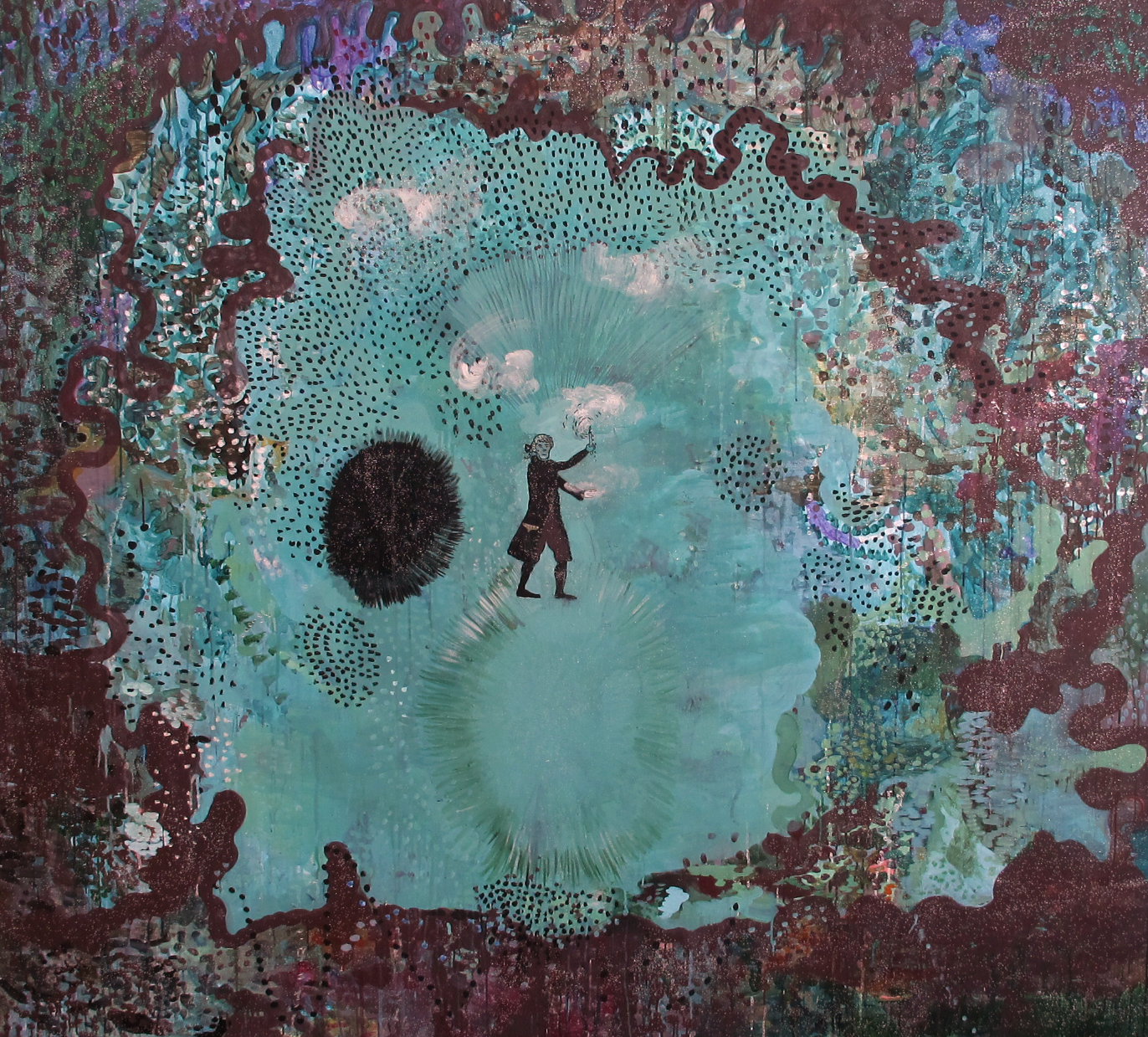
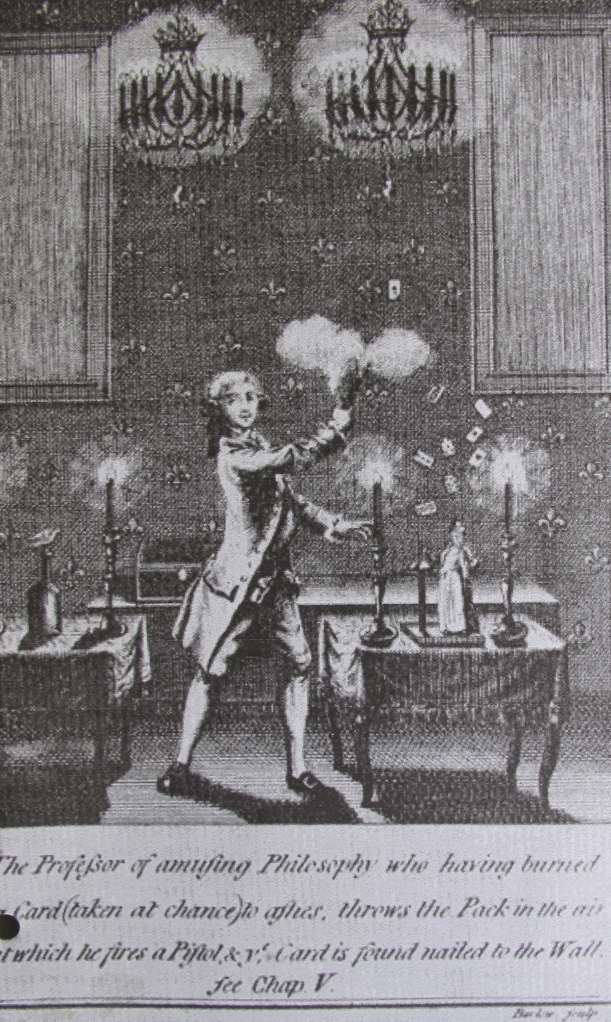
En écoutant Fidelio/ Oh comme c’est beau… ( Klemperer …)
De fil en aiguille comme on dit et cherchant l’origine de cette gravure » Amusing philisophy » que j’avais dans ma documentation, je cherche dans ma chère NYPL et tape: Amusing philosophy ce qui ne donne rien. A philosophy , une vignette m’attire:
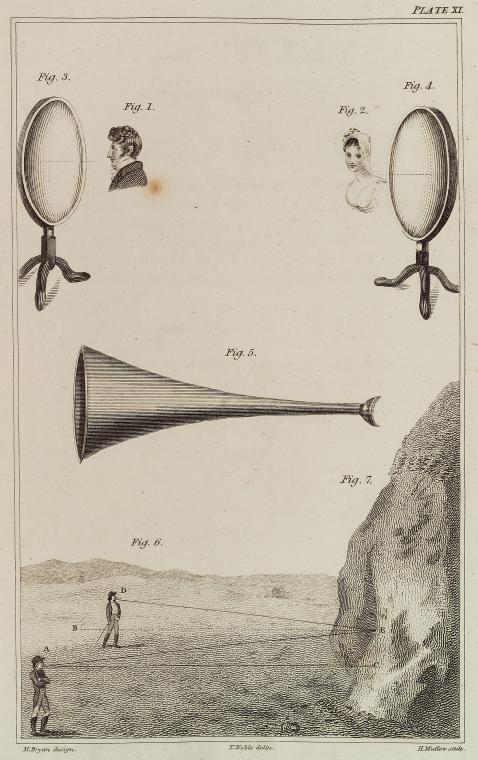
gravure de Mutlow 1806 Depicting acoustics
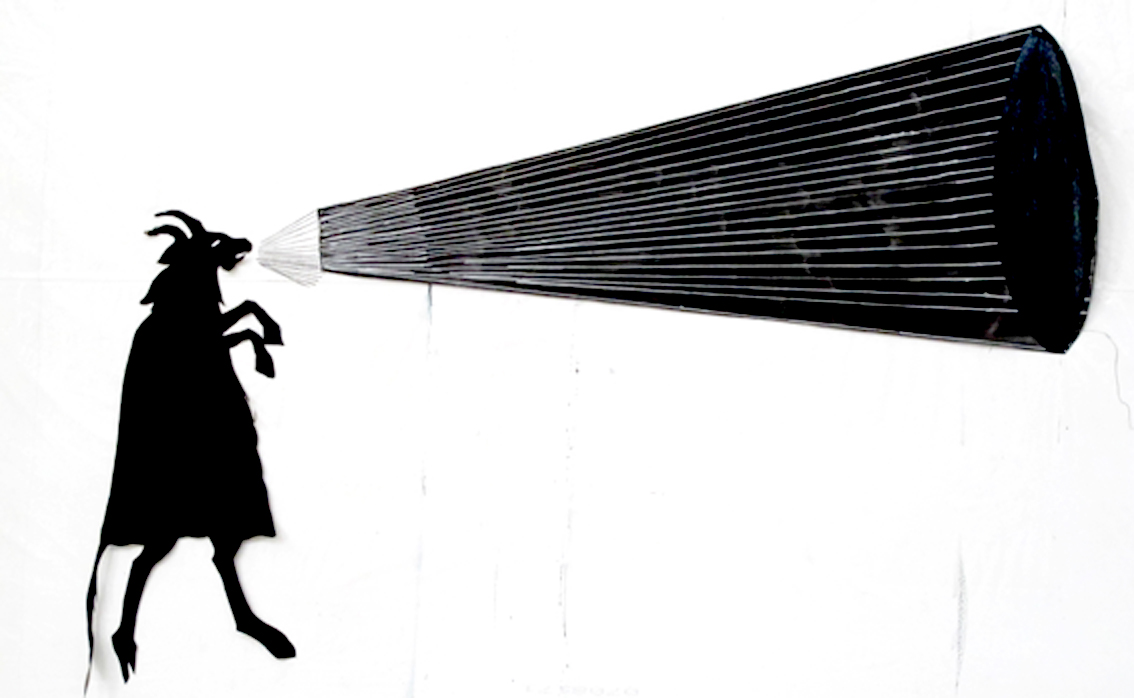
mur Frigo 2012,découpage
Dans Location, est écrit ceci: Stephen A. Schwarzman Building / Carl H. Pforzheimer Collection of Shelley and His Circle
SHELLEY AND HIS CIRCLE!!!
Miam miam , me dis-je. Et en effet miam -good. C’est une exposition en ligne de cette collection:
The Collection was the creation of the financier Carl H. Pforzheimer, Sr. (1879-1957), who took a special interest in the lives and works of the poet Percy Bysshe Shelley and his contemporaries, including his second wife, Mary Wollstonecraft Shelley, her parents, William Godwin and Mary Wollstonecraft, and such friends and fellow writers as Lord Byron, Claire Clairmont, Teresa Guiccioli, Thomas Jefferson Hogg, Leigh Hunt, Thomas Love Peacock, Horace Smith, and Edward John Trelawny.
The Bodleian Library and The New York Public Library — include close to 90 percent of all known surviving Shelley manuscripts, embodying the history of literary Romanticism in Great Britain and the United States. SHELLEY’S GHOST offers a lens through which to see that history.
Notes
J. Noël Paton/
Lady Hester Stanhope/( « reine de Tadmor, sorcière, prophétesse, patriarche, chef arabe, morte en 1839 sous le toit délabré de son palais ruineux, à Djîhoun, dans le Liban »)/ Alphonse de Lamartine, « Visite à lady Esther Stanhope », in Voyage en Orient, 1835.
James Akin (1773–1846).

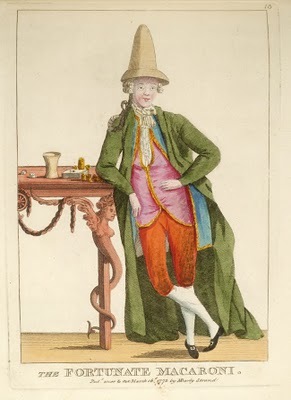
Vous devez être connecté pour poster un commentaire.